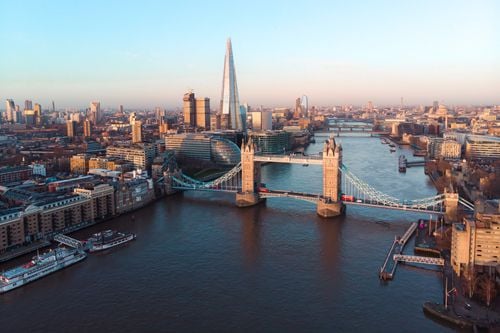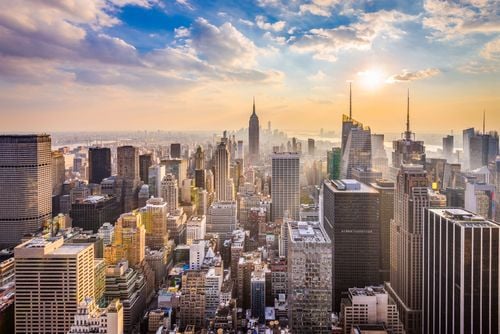The National Museum of Korea was founded in 1945. In 2005, the museum was expanded and reopened on a 137,201 m² site in Yongsan, Seoul. Since its rebirth as a "cultural complex", the National Museum of Korea has preserved and exhibited precious relics. It also offers various educational programmes and cultural events.
If there were only one museum to visit in Seoul, it would be the National Museum of Korea. It outshines all other museums, both in terms of its rich collection and its sheer size. Spread over 137,201 m² of land, the museum brings together more than 5,000 years of history, both modern and contemporary, on its three floors. Built in 2005 in the Yongsan district, on the north bank of the Han River, the museum has four large exhibition halls, dealing respectively with the prelude, foundation, development and modernisation of the Republic of Korea. As a living vestige of Korean history and culture, the museum houses nearly 420,000 artefacts, realistic digital animations and virtual reality technology to deliver a more impactful experience. To educate visitors about the changes taking place in the country, various exhibitions and programmes are organised in the museum. In short, this little cultural pride of Korea is quite simply one of the greatest museums in the world!
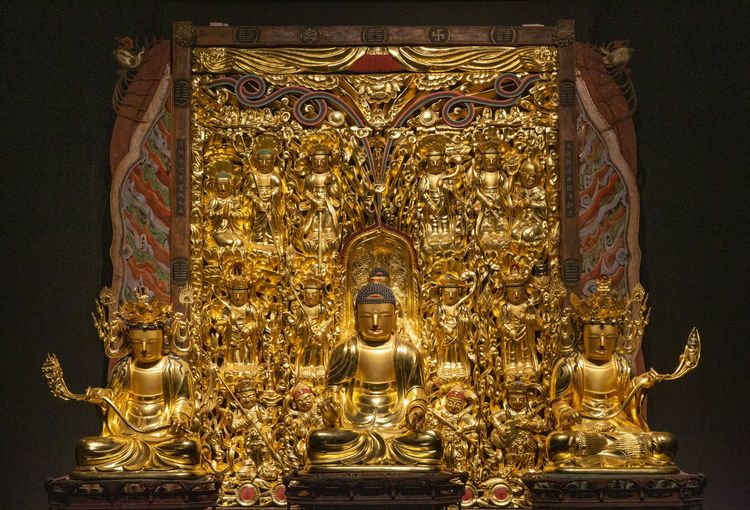
Seated wooden Amitabha Buddha Triad at the National Museum of Korea
- © Stock for you / ShutterstockHistory of the museum

The National Museum of Korea building
- © Takashi Images / ShutterstockThe museum is the most representative and largest in the Republic of Korea. It holds an immense collection of more than 420,000 aesthetic relics dating from the Palaeolithic Age to the early 20th century, and more than 12,000 masterpieces from its collection are still on display in its permanent exhibition hall.
It has a number of galleries covering different periods and themes: prehistory and ancient history, medieval and early modern history, calligraphy and painting, world art, and sculpture and crafts galleries. Visitors can enjoy its vast collection; many of Korea's national treasures are on display, including the Pending Bodhisattva (a Korean national treasure), the ten-storey pagoda at the Gyeongcheonsa temple site and the Golden Crown of Shilla.
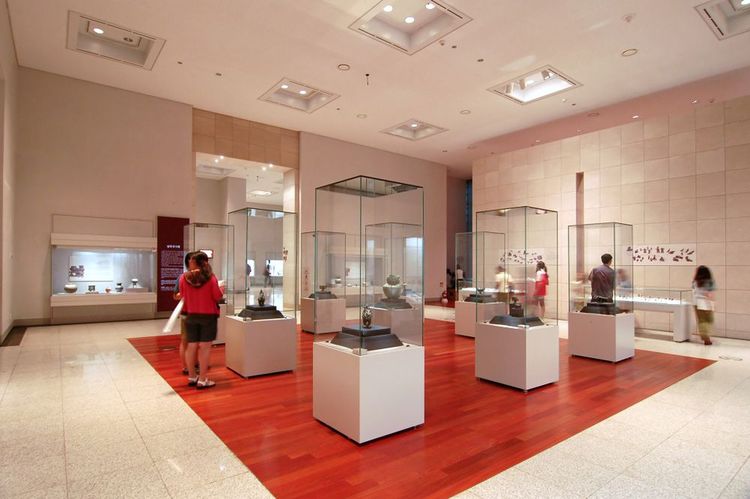
Korea's national museum extends its art collection over three floors
- © Johnathan21 / ShutterstockThe National Museum is not just a place for adults, it also keeps children's interests in mind and offers a programme specially designed for them.
The building includes everything from a simple hand axe from the Palaeolithic period and a magnificent golden crown from the Three Kingdoms period to celadons from the Goryeo period, paintings from the Joseon period and images of Korea in the modern era.
On the ground floor, you can admire the permanent collection, including the famous Shilla royal gold crowns. The basement houses a large collection of celadon and ceramics from the Goryeo and Joseon periods, including objects and paintings. The second and third floors feature 1,500 pieces of porcelain, Buddhist art treasures including the seated and meditating Ba ekje bodhisattva, and works of art from other Asian countries.
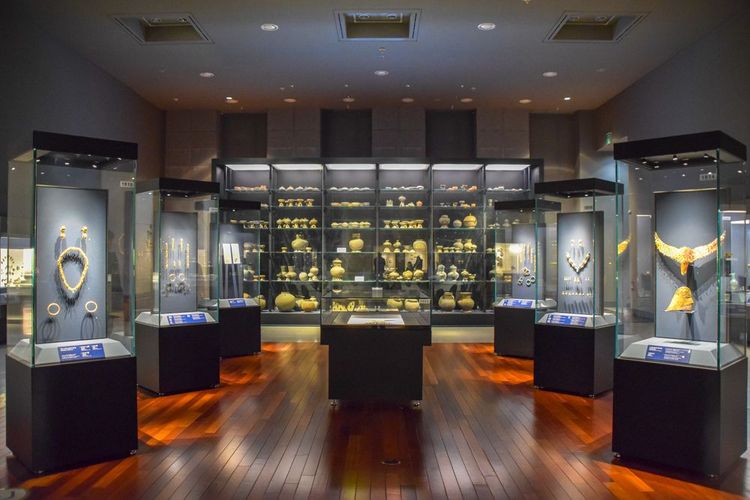
The beautiful exhibition at the National Museum of Korea
- © NGCHIYUI / ShutterstockWhat can we see?
As soon as you enter the museum, take the time to walk around the garden and near the pond. You'll quickly realise that the building is one of the largest museums in Asia. The outdoor spaces are impressive, especially the stone sculpture area.
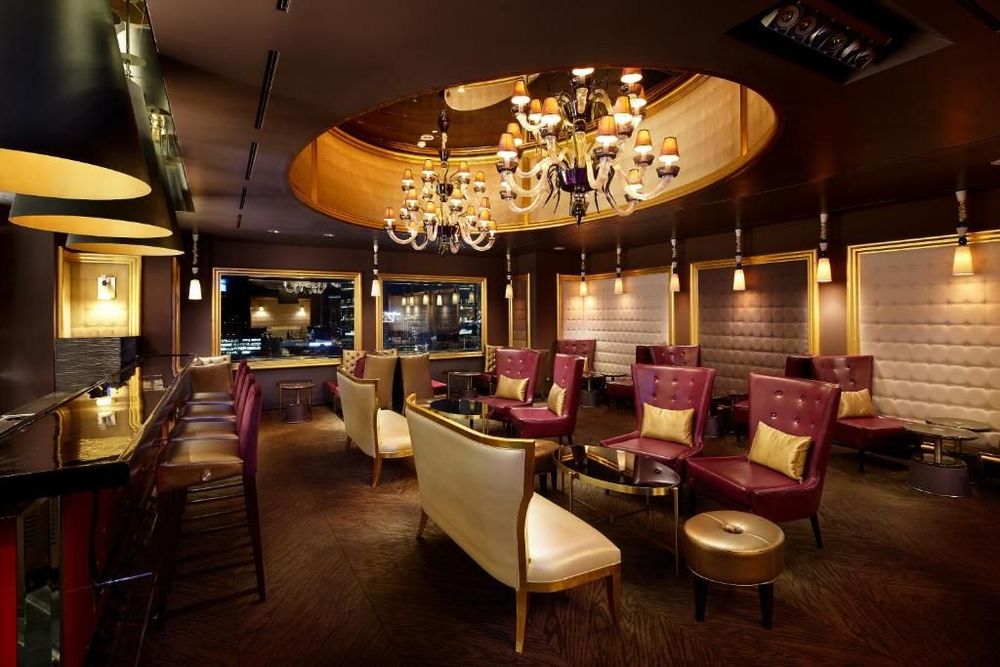 Seoul
Seoul
Lotte Hotel Seoul Executive Tower
Opened in September 2018, Lotte Hotel The Executive Tower offers accommodation with city views. Wired internet and high-speed Wi-Fi are available free of charge.After passing through the glass doors, the main corridor leads to the three floors to be explored. One of the works not to be missed is the ten-storey stone pagoda (national treasure no. 86). Originating from the Gyeongcheonsa temple in Gaepung, the pagoda is a blend of traditional Goryeo styles. Standing 13 metres high, the pagoda was stolen from Japan in 1907 and returned to Korea in 1918.
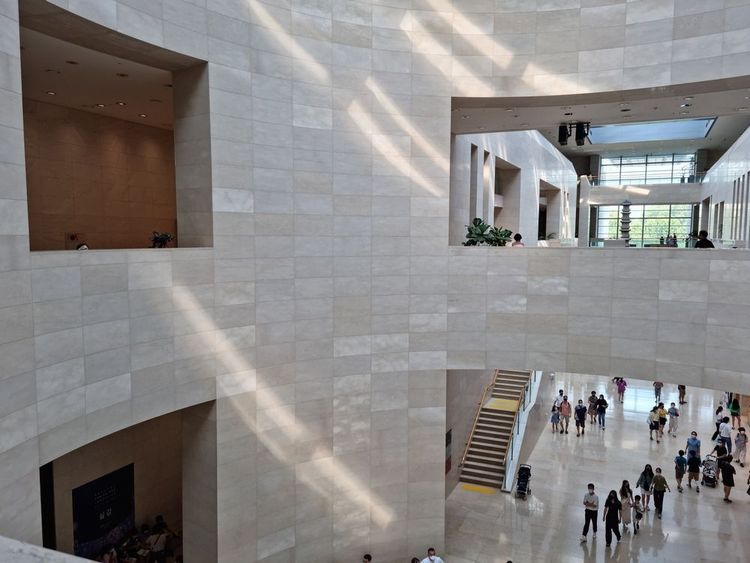
An interior view of the National Museum of Korea.
- © Binimin / ShutterstockThe galleries are quiet and benches are placed sporadically so that visitors can sit in front of the works. The ancient Buddha paintings and sculptures that have somehow been saved throughout Korea's tumultuous history are beautifully displayed.
Most visitors walk around with headphones on to learn more. Please note that audio guides are not available in French.
Did you know: over 3 million visitors come to the National Museum of Korea in Seoul every year.
Practical information
👛 Tickets for the National Museum of Korea :
Free for all. Fees may apply depending on the gallery and special exhibition programmes.
⏰ National Museum of Korea hours:
10am - 6pm (Monday, Tuesday, Thursday and Friday) 10am - 9pm (Wednesday and Saturday) 10am - 7pm (Sunday and public holidays).
👉 Recommendations and tips for visiting the National Museum of Korea
- The time you spend at the museum depends on your interest. If you see all the areas, it will take 4-5 hours.
- Bring water, snacks and good walking shoes.
- Online bookings are only available in Korean.
- Combine this attraction with a visit to Yongsan Park with its grassy fields, pavilions and gardens.
🚌 Getting to the museum:
By underground from Seoul to the National Museum of Korea in Seoul:
- Take line 4 or the Jungang (Munsan-Yongmun) line to Ichon station.
- Take exit 2 and follow the signs to the National Museum of Korea.
More information on the National Museum of Korea website - Directions page


